This series is written by Erik van Mechelen, based on the Octalysis framework by Yu-kai Chou
Ownership and Possession
If you missed them, here’s the first three articles in the series:
Part 1: Epic Meaning & Calling
Part 2: Development & Accomplishment
Part 3: Empowerment of Creativity & Feedback
Core Drive 4: Ownership & Possession is a useful Core Drive to understand and apply in your Lifestyle Gamification design.
Here’s a refresher from Actionable Gamification: Beyond Points, Badges, and Leaderboards:
Ownership and Possession, the fourth Core Drive in Octalysis Gamification, is based on the principle that because you own something, you want to improve it, protect it, and get more of it.
This Core Drive is related to elements such as virtual goods and virtual currencies, but it is also the primary Core Drive that makes us want to accumulate wealth. Also, on a more abstract level, if you have invested a lot of your time to customize something to your own liking, or a system has constantly been learning about your preferences and molding into something that is uniquely yours, you generally will start to feel more ownership towards it.
Owning things help improve life. A collection of knives eases the preparation of food. A set of books encodes knowledge to be learned.
But we also like collecting things for the sake of collecting. Whether friends on Facebook or a freedom from work in number of hours.
I want to in this article investigate and explore the range of ownership and possession as it relates to improving our lifestyle design and Lifestyle Gamification.
Money and the household
The drive to make more money. More, more, more.
Studies have shown that money troubles are often what compounds stress in relationships. If we can remove some of these troubles, then stress should decrease. This is where clear communication of household providing can create ownership and responsibility. When it wasn’t clear who should have picked up the diapers from the store after work, conflicts can ensue.
Stock market apps use Monitor Attachment (Game Technique #42) to drive eyeballs back to the digital accounts. Be mindful of this if you are invested in the market, as simply watching these numbers go up and down may not be the best use of your time.
Chore ownership
Recently a visiting friend asked me who does the cleaning between my girlfriend and I. My girlfriend was happy to announce that she was the better cleaner. She did acknowledge that I do a great job vacuuming and doing the dishes. (I also do most of the cooking.)
She was proud that she did it and got recognized for it by her friends.
Ownership of chores to give responsibility to children and help around the house.
Build from Scratch (Game Technique #43) can be useful when assigning chores around the house. In cases where a creative solution might be needed, giving someone the chance to build the idea from scratch gives the person additional responsibility, sense of ownership, and feeling of authority over its development.
Build from Scratch could even be stacked with other accomplishment-based techniques. For instance, with a standard chore of cleaning a room, the owner could be given a Build from Scratch “token” to rearrange or decorate a room for an upcoming dinner party.
By the way, you’ll start noticing this all the time. Every time you build a profile on a new website or social media account, you’re being asked to build your profile from scratch. That investment builds ownership.
Do It Yourself
When you do something yourself, you become more attached to the outcome. This is usually a good thing motivationally.
Consider the explosion of DIY solutions to domestic, art, and education problems.
Here’s my short example:
When I took on learning for myself, I learned way better.
Because I was choosing, and the outcomes are predicated on how much ownership and dedication I attribute to the process.
If I don’t work, I don’t learn.
If I don’t learn, I won’t improve.
If I don’t improve, I won’t be able to compete or contribute to the writing and storytelling world.
This line of thinking greatly contrasts the prevailing university education model. If someone emerges without the required knowledge, the tendency could be to blame the institution for shortcomings (after all, the student was paying the institution who provided the professors and curriculum) rather than themselves for not studying and learning what they needed to learn.
When you take ownership of your learning, you learn way better.
Monitoring Attachment with Pets, Babies, and Health
I don’t own a pet. No cheery sidekick to give me unconditional love. Not even a goldfish to swim about looking pretty.
But people who do own them are often driven by Monitor Attachment (Game Technique #42) to check on their well-being.
This is also true of mothers and babies. Thus, the solution of baby monitors.
Fitness products use step counters and heart monitors giving wearers the ability to monitor their progress and health status.
Monitor attachment is useful in many situations. How often have you heard someone say (usually when bored in a social setting), “I better get home to let Lucy outside”?
Identity, ideas, and commitment
Values and identity play into Core Drive 4 as well. When we feel we are someone or are becoming someone, the ownership of that identity or those ideas will motivate you to take certain actions “in line” with that past self or identity or ideas.
Thus the saying goes:
People don’t have ideas; Ideas have people.
Whether delineating chores, deciding how to spend leisure time, or making someone else’s life better through volunteerism, making a commitment also increases ownership.
By writing down your tasks for the day, your sense of ownership over those tasks will drive you to complete them. To some degree, this plays into the CD2 space, but CD4 enters the mix when what we are accomplishing is consistent with the idea of maintaining some value or commitment.
Using ownership and possession to improve your life
Even with philosophies countering the pervasive materialism of culture today, I feel ownership remains a valuable concept to individualism, families, and societies? How have you used Core Drive 4 to improve your life or those around you?


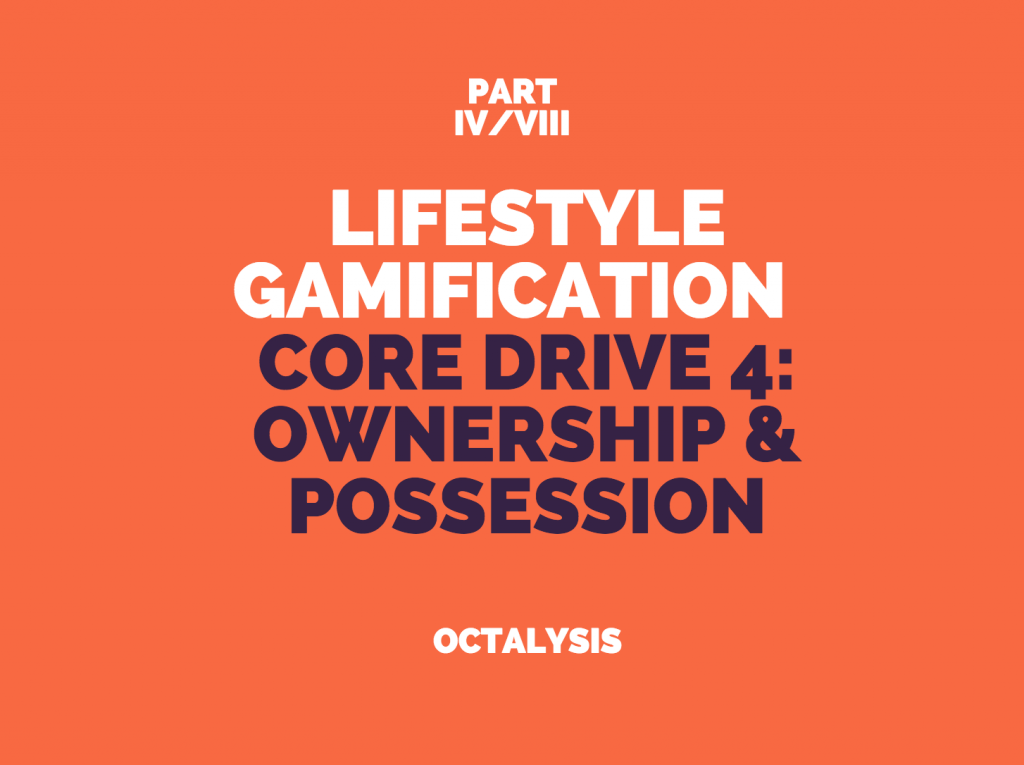
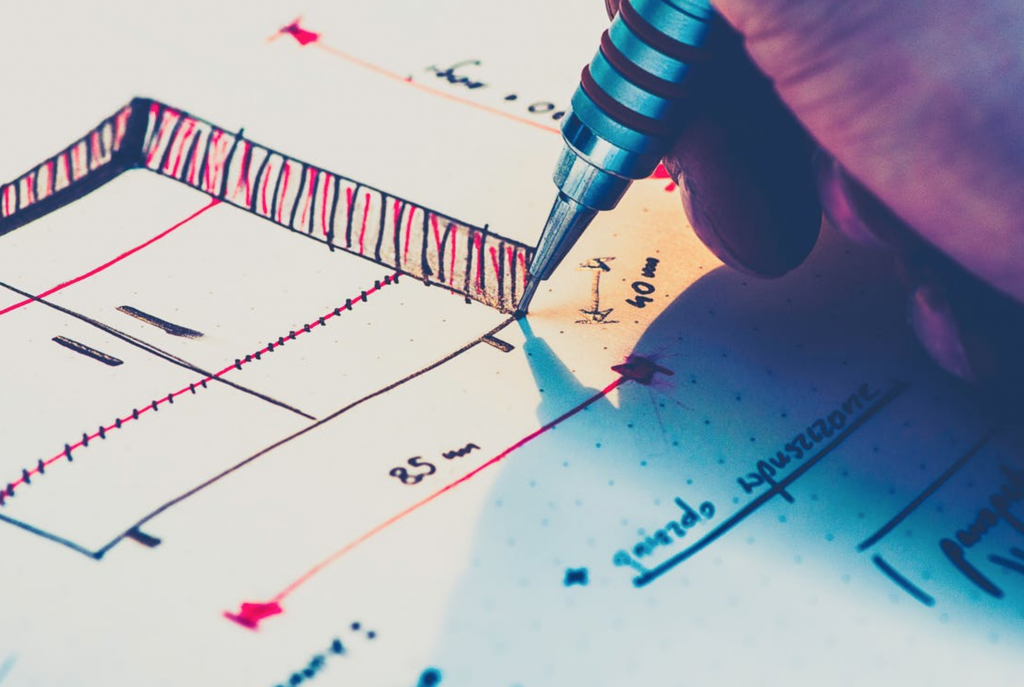
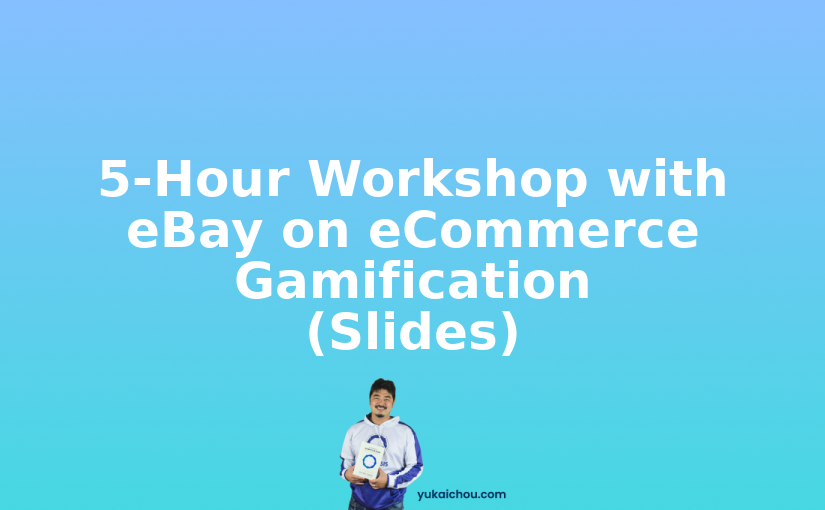

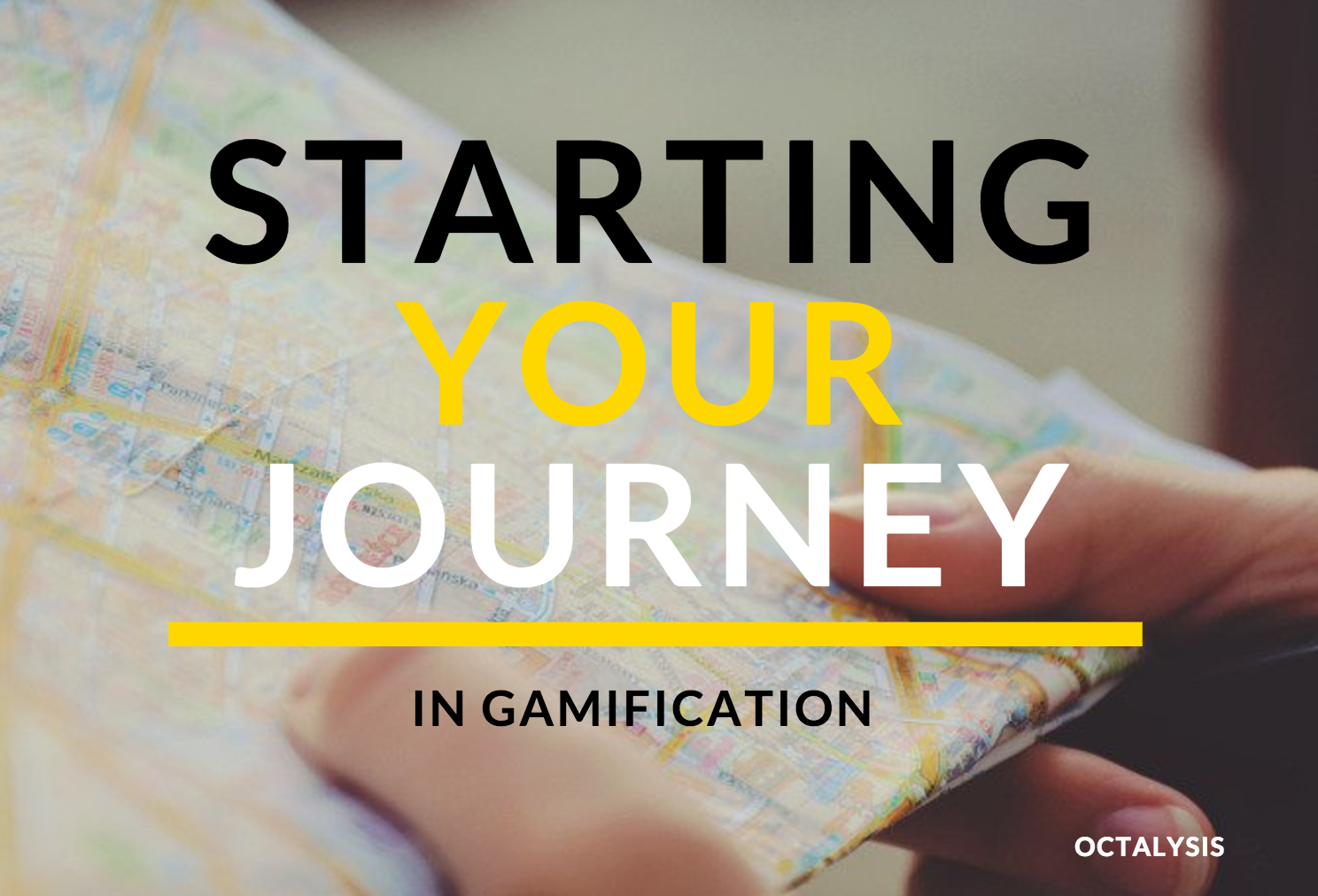
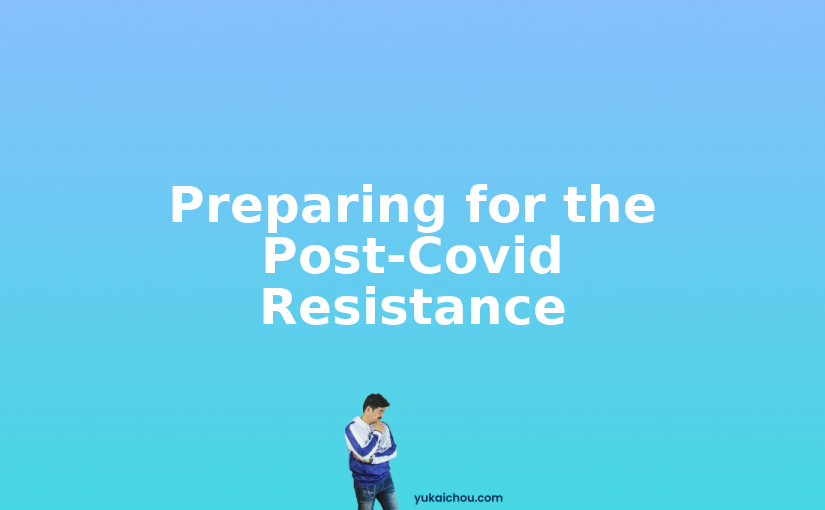

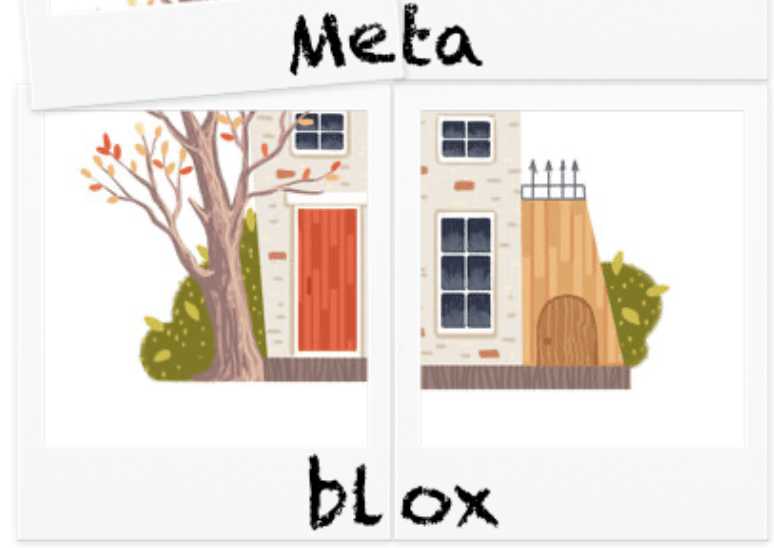
One response to “How to Add Ownership and Possession into your Life: Lifestyle Gamification Examples 4/8”
I think this topic follows nicely after creativity> For example, when my kids create something (e.g. a new Logo arrangement, or new outfit for their “stuffy” (their generic term for stuffed animals or dolls), they take great pride and ownership of their ideas and creations.